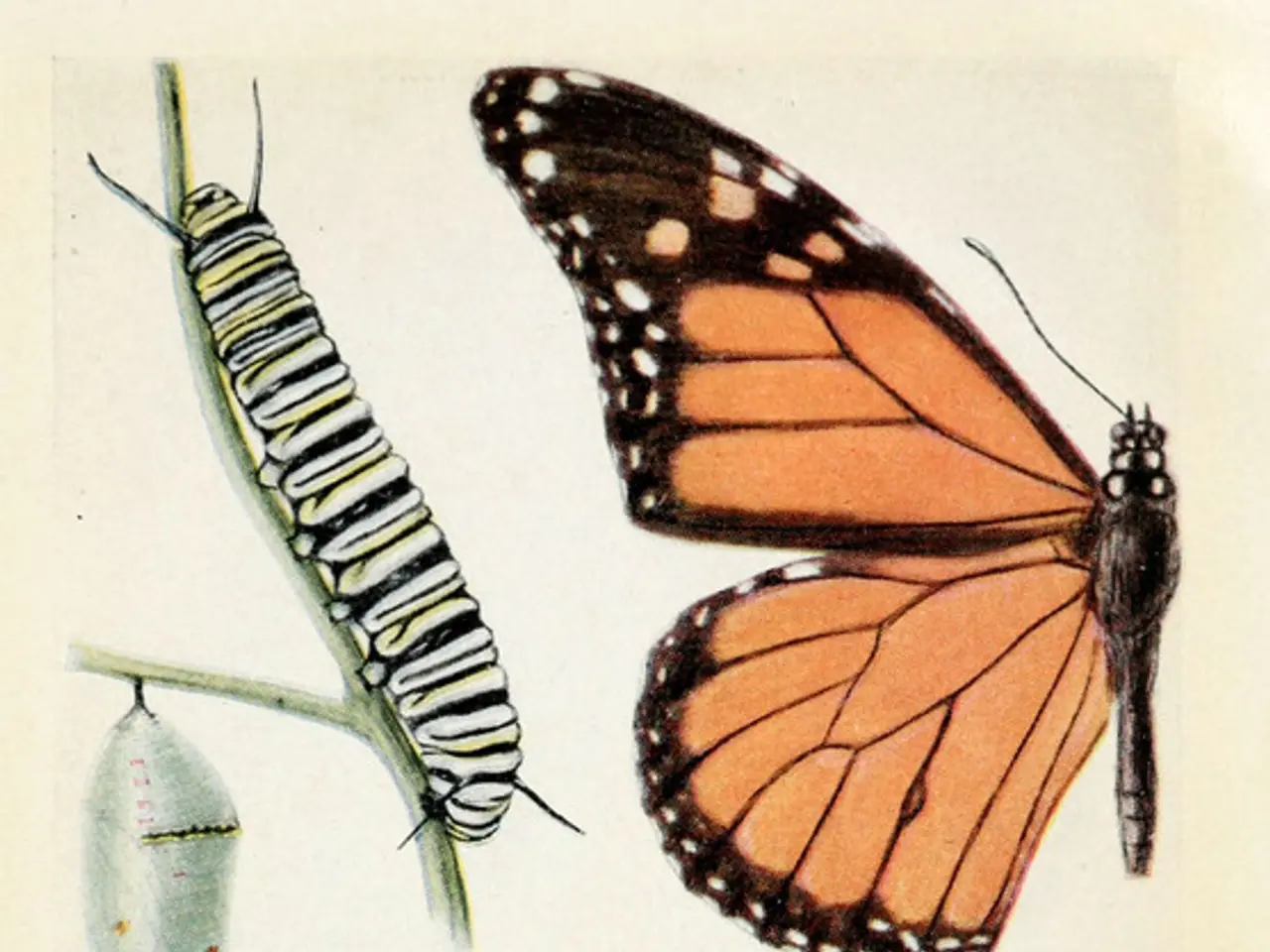Aggressive Fliers Striking Back: Tackling Those Pesky Horseflies
Motion of the Brakes Revisited - Strategies for Battling Vampires - Aiding Vampires: An Investigation
Let's face it: They're dark, they're annoying, and they have zero empathy. We're talking about horseflies - the headache-inducing, blood-suckers of nature. With summer rearing its sunny head, we're all too familiar with their painful, itchy bites. But fear not! We've got the lowdown on how to combat these relentless winged monsters.
Are horsefly bites harmful?
In most cases, nope. While the bite may cause a notable amount of discomfort with redness, swelling, and immense itching, it's typically harmless. Trouble starts when the area becomes infected or an allergic reaction occurs, leading to symptoms such as fever or swelling. If you experience such reactions, a doctor's visit is highly recommended.
What should you do when it itches?
Raise your hand if you love scratching. No one. Resist the urge! Scratching increases the risk of infection, allowing germs and dirt to easily enter your open wound. Instead, employ some heat therapy. Dip a teaspoon in hot water, let it cool off a bit, and gently press it onto the affected area. A warm washcloth can work wonders too. Home remedies like aloe vera gel, coconut oil, or even a half an onion can also help, so keep those handy.
Why are horsefly bites so painful?
Due to some decoding confusion, the term "sting" might lead you astray. Horseflies don't sting; they bite. Armed with sharp mouthparts, they tear through your skin and suck your blood, injecting a saliva mix that inhibits clotting, causing the pain, swelling, and itching you feel. This cozy combo differs drastically from the more furtive theft we see in mosquitoes.
Why do horseflies fancy us so much?
Movement, warmth, sweat, and dark clothing make for an irresistible combo in horseflies' eyes. Anyone partaking in sports, sweating it outdoors, or spending time near water is particularly appetizing to these blood-thirsty buzzers. Showering in the morning and after sports can already help.
Where do horseflies like to lurk?
Moist, warm areas like moors, lakes, riverbanks, and forests are home Sweet Home to horseflies. They're particularly active on calm, sunny days, so if you're planning a lake dip or a forest hike, be on the lookout. In rural areas, expect an encounter more frequently than in the city.
How to fend off horseflies?
Turns out, DEET and Icaridin can keep horseflies at bay. Swapping light, loose clothing for protective gear is another tactic. Being in a group can also work in your favor, as horseflies typically choose single victims. And a small fan? That's horseflies' natural enemy. Now that's a winning combination!
Are horseflies on the verge of extinction?
While many insect species are in a downward spiral (looking at you, butterflies), horseflies prove to be more resilient. Their numbers vary from place to place, but overall, they're holding their own, especially where wetlands and swamps can be found.
The silent heroes of the ecosystem
Though they're not exactly loveable during the summer, horseflies play significant roles in the ecosystem. The males sip on nectar and aid in pollination, while the females serve as food for many animals like birds, dragonflies, and frogs. The females' larvae, living in the soil or water, help break down organic matter.
Sun worshippers vs twilight tyrants
During the day, you'll find horseflies busy hunting their prey, thanks to their sharp eyes and reaction to movement. On the other hand, mosquitoes rule the night, relying on their sense of smell and heat detection. That explains why horseflies are busy buzzing during the day, while mosquitoes hover around during twilight hours.
Top targets of horseflies
Big, warm bodies are a horsefly's delight. Livestock, horses, and other animals in open areas are typically at the top of their meal plan. Fortunately, horsefly traps are often used to alleviate the problem, although studies suggest these traps often catch non-horseflies.
References:
- [1] De Lisle Cecil, Worobey, et al. (2013)
- [2] King, Whiting, Jousilove (2018)
- [3] Charlee's Fly Spray (2021)
- [4] MosquitoMagnet (2019)
- [5] Ecobusters (2021)
- In the realm of community policies, it's essential to address issues related to health-and-wellness, such as providing awareness and prevention strategies for dealing with pests like horseflies during outdoor activities.
- Moreover, under employment policies, companies could consider offering flexible work hours or providing protective gear, especially for employees in sectors where they are more prone to horsefly bites like sports, fitness-and-exercise, or outdoor labor.
- As an added measure, employers could also implement wellness programs that include skin-care tips, nutritional guidance, and stress management techniques to help employees handle the discomfort caused by horsefly bites more effectively.






